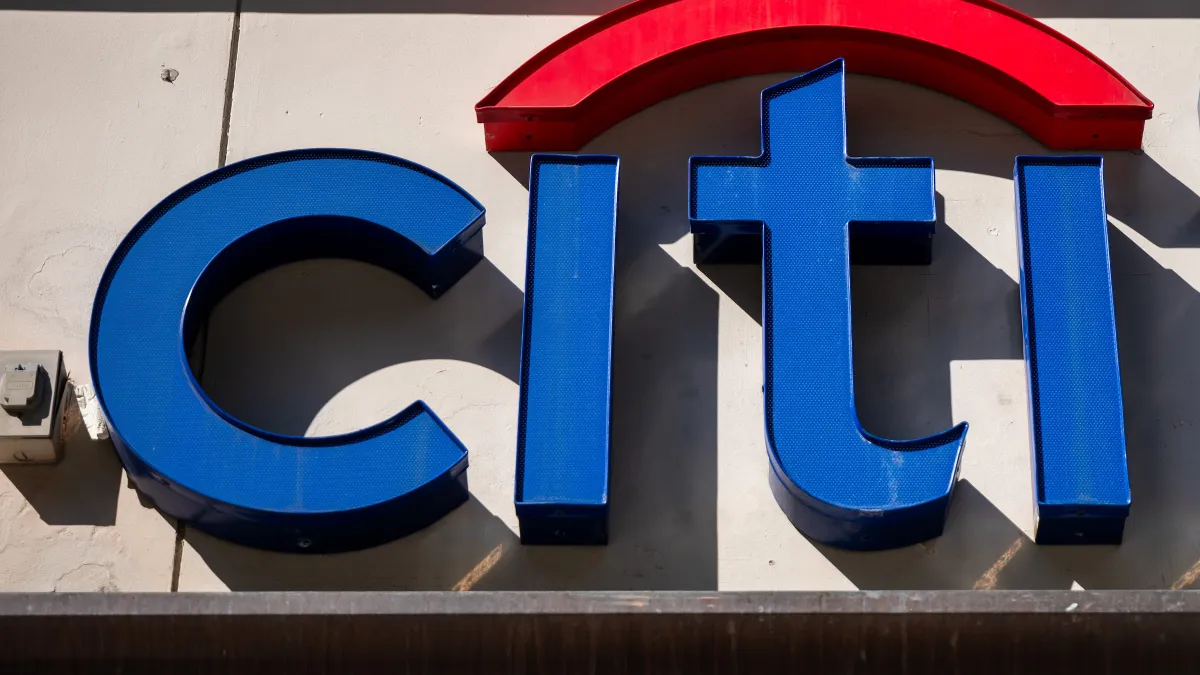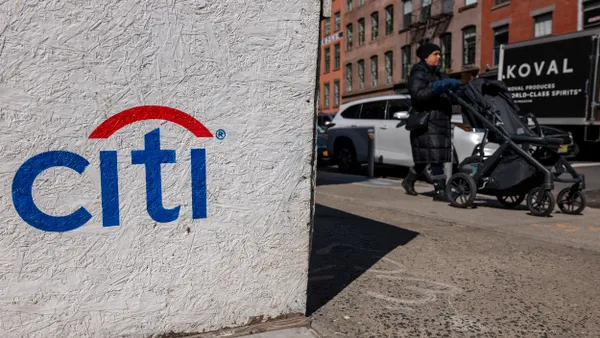If you were to believe the hype, when it comes to banking, Millennials and Generation Z (e.g., anyone under 30) are just concerned with what's quick and easy. Enter Venmo and Cash App, easy one-click money movement, and fun emojis to boot.
However, new Oracle consumer banking research shows that younger banking customers are much more anxious and discerning when it comes to their finances. And this creates an excellent opportunity for established traditional banks.
Younger generations getting social about banking
According to a Northwestern Mutual Group study, one in four (28%) in the Gen Z age group say their cohort is fiscally irresponsible. Yet, multiple studies report that Gen Z also has a deep desire to understand money management better. However, the way they want to learn about it may differ significantly from previous generations.
Younger consumers are seeking digital banking solutions that enable them to make relevant money choices in the moment—without having to personally sort through paperwork or spend a lot of time talking to someone. But when it comes to big investments and borrowing, the more contact, the better (but that's a story for later, see below).
Common wisdom notes that Gen Z is generally more conservative than Millennials about money as they grew up during the financial crisis and have a stronger interest in savings and financial management.
In fact, a 2018 digital banking report by Raddon and The Financial Brand found that 56% of Gen Z has spoken with their parents about savings. But that trails behind their primary sources for financial information: social media.
Last year, Porter Novelli/Cone's Gen Z Purpose Study found that 64% of young consumers turn to YouTube to learn about money, followed closely by Instagram at 63%.
So how far does this social media affinity extend?
Millennials and Gen Z trust brands they know
As noted above, FinTechs, such as Venmo, are slicing off long-established customers with spending and payment products. Data-driven tech companies, including Google, Apple, Amazon, and Alibaba, are looming with personal finance solutions that promise to challenge legacy banks. But will consumers trust their financial data to the likes of these companies?
It's a solid MAYBE. The Oracle digital banking survey showed that 64% of young consumers would recommend their bank for various spending, savings, borrowing, and investing products. Yet, 56% report they would be willing to switch to banking solutions offered by one of the tech companies noted above when they are brought to market.
Why? Because they trust brands that they know. The same Oracle survey found that "trust" was far and away the priority when looking for a long-term financial partner (4.16 out of 5 rating), followed in a distant second by "competitive rates" (2.82). And that's an area where traditional banks have a competitive edge.
So, where can banks compete and win younger consumers over Big Tech and FinTech challengers? Here are four areas:
1. Picking their digital battles
Part of the reason consumers are building trust with up-and-coming bank challengers is that it feels like they "know" you. They learn your shopping habits and preferences and have an uncanny ability to offer you just that right thing in just that right moment. That is all well in good if you are in the market for a sweater or new dog bowl. But what about purchases that you will be paying for over the next 30 years?
For banks, perhaps digital payments and person-to-person transactions (i.e., the smaller transactions of the day) can be left to third parties. After all, the vast majority of digital payments are relatively nominal (paying your friend back for dinner or shared bills). Given the very high initial costs and money-losing proposition of adding digital payments to a bank service, it may be in a bank's best interest to let the myriad of third-party payment services have at it.
This would give banks more time and capital to develop better, more personalized processes to help consumers manage their long-term finances and the significant transactions of life, such as buying a home or planning for retirement.
Younger generations seem to agree. Interestingly, all that social media research on finances goes out the window when choosing their first mortgage. Of those surveyed under 30 who have sought a mortgage, one in four automatically went to their primary bank and did no outside research.
2. Giving good advice
The study found that consumers under 30 are most interested in personalized advice and help when choosing a banking provider—and the more human contact, the better. This desire and priority extended across lending and investment products as well.
What also matters to younger generations when selecting a payments provider is not what has generated interest and usage in the past. Traditionally, cashback rewards have been the gold standard for attracting and keeping customers. Still, today’s younger customers want "in the moment" offers and personalization and likely find the redemption of cash rewards too tedious. One specific example that ranked top of mind as "most valuable" was personalized budgeting advice.
3. Helping customers reach their goals
While younger consumers have no qualms experimenting with a myriad of emerging payment providers, one thing is clear: When it comes to protecting and building their hard-earned savings, they have little interest in working with anyone but well-established banks.
Moreover, most consumers are not looking to switch banks, showing familiarity still matters most. The survey showed that even if another bank offered the desired savings recommendations and plans, only 17% of consumers would be "very likely" to move accounts, and 53% said they would stay regardless.
Younger consumers were clear that one thing they want most is a bank that is invested in helping them reach their goals. Savings accounts are still the anchors of banking and the key to driving long-term, multi-account customer relationships. As expected, most younger banking customers are ushered into their first bank accounts by their parents and at their parents' preferred institution. It’s one of the beautiful, reliable traditions of banking. Even so, it helps to offer the carrots that attract switchers and new customers—or keep restless current ones in the fold.
According to the data, top draws for today's young banking customers are personalized tools, calculators, and content to help them make the most of their savings and reach their goals, such as buying a home or a car, which naturally sets up a future offer of vital credit.
4. Being a trusted guide for life’s big money moments
When it comes to their biggest life purchases, Millennials and Gen Z want to hear from their banks—and often. The longer and more personally meaningful the loan is, the higher the levels of interaction, transparency, and access desired.
Savings and mortgages go hand-in-hand when forming long-term customer relationships. However, all signs point to the highly emotional first mortgage experience being frustrating and unsatisfying for young customers—a trend that threatens traditional bank’s most lucrative pipeline. Nearly 2 in 5 consumers were "unsatisfied" with the mortgage process. Where applicable, 60% of those polled choose their primary bank for a first mortgage, but just 32% use them for their next home loan. Top gripes were a fractured experience with a lack of requirements, outreach, and communication about their application status.
The stakes are high for banks to get this process right and maintain the valued customer relationships. The survey showed that consumers are three times (15%) as likely to look to online lenders for refinancing rather than for a first mortgage (5%), suggesting alternatives become more attractive as borrowers become familiar with the mortgage process.
When it comes to smaller-size loans, the shift in focus for consumers moves from "please help me do it!" to "what else can you do for me?" With less emotional stress tied into these loans, the data shows customers are generally more satisfied and more willing to rate shop, look to outside sources for advice, and seek out complementary bundles, such as insurance discounts offered alongside a vehicle loan.
Overall, the data showed that banking providers have the same blind spots in their loan processes, as young consumers feel uninformed and left out. Improving communication and outreach throughout the lending experience is key to ensuring banks remain the first go-to when consumers seek financing for crucial life events.
In summary, the Oracle survey highlighted that today’s younger consumers want convenience and simplicity from their banks. And, they want it served up in front of them in the digital equivalent of an easy button. More than anything, the data reveals that the emerging generations of banking customers are more interested in learning and being educated, respected, and mentored as they grow into their financial lives.
Banks can and should be those partners for life. Consumers expect banks to be there for them in their moments of need, during key life events like marriages and home purchases, and they expect banks to add value, not drain it.
The report, surveyed 2,845 Gen Z and Millennial-aged consumers in ten major global banking markets. To learn more visit here.










